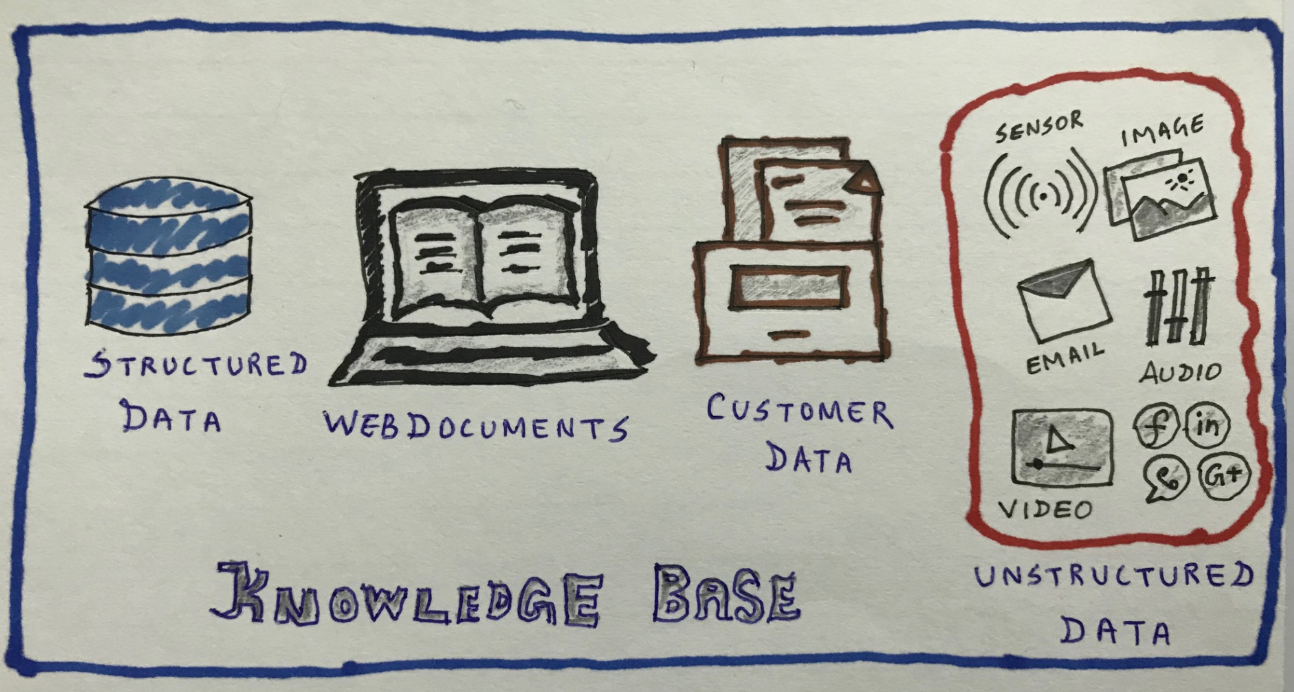The Relationship Between Automated Testing and RPA
Automated testing is a process of transforming a human-driven test system into machine execution. RPA is developed from automated testing, similar to automated testing, and there is a lot of overlap between the two. For example, they all drive screens, keyboards, mice, etc., and have similar technical architectures. However, RPA is different from automated testing, and there are many differences between the two:
The goal of automated testing is to shorten test execution time through automation. The goal of RPA is to reduce manual input through automation, thereby saving human resources and freeing personnel from repetitive and low-value-added work.
Different Technical Methods
Automated testing supports limited software environments. For example, Selenium can only support Web applications, while RPA supports multiple software environments.
Different Handling of Errors
Automated test scripts only need to record the error message when the operating application is abnormal, and then take a screenshot. The RPA script pays more attention to the processing of abnormal errors and performs certain processing for all possible abnormal situations in the process to ensure that it can be executed in accordance with the predetermined process. Compared with automated testing, RPA adds more checkpoints to ensure correct process execution.
The Frequency of Script Maintenance Is Different
Automated testing requires frequent maintenance of the script. For example, after the application under test is updated, the automated test script also needs to be updated accordingly, and the modification is relatively frequent. RPA scripts are applied to mature systems. Once the build is completed and runs stably, no modification is made as much as possible, so the modification frequency is relatively low.
Different Number of Applications Under Test
Automated testing mainly executes scripts for a tested application. When RPA executes a complete process, it usually spans multiple applications. For example, it is necessary to operate web applications and Windows native applications to complete the process at the same time.
Different Recognition Objects
In automated testing, the automation technology is mainly object recognition. Direct manipulation of elements through objects usually avoids the use of image recognition, because the script of image recognition is not easy to maintain. Because RPA has to span multiple types of applications, object recognition sometimes cannot work on all applications, and it is generally not modified after deployment, so there are more opportunities for image recognition.
Automated testing acts as a virtual helper, and RPA acts as a virtual labor force.
Different Requirements for Developers
Developers of automated testing need to have the knowledge required to write, create, and test scripts, while RPA is wizard-driven, and many RPA system platforms do not require developers to have programming knowledge.
The users of RPA automation testing are limited to technical users, while RPA can be fully used by all stakeholders.
Misunderstandings About RPA:
1. Only Programming Skills Are Required to Use RPA Software
This is not true. To use an RPA tool, you also need to understand how it works on the front end and how to automate it.
2. RPA Software Does Not Require Human Supervision
This is an illusion, because humans need to program RPA robots to provide tasks for automation and manage them.
3. Only Large Companies Have the Ability to Deploy RPA
Small and medium-sized organizations can deploy RPA to achieve business automation. However, the initial cost will be high, but the cost can be recovered in 2 to 3 years (or less).
4. RPA Is Only Suitable for Industries That Rely Heavily on Software
RPA can be used to automate production bills, invoices, telephone services, etc. These bills, invoices, telephone services, etc. are used in various industries, regardless of their dependence on software.




